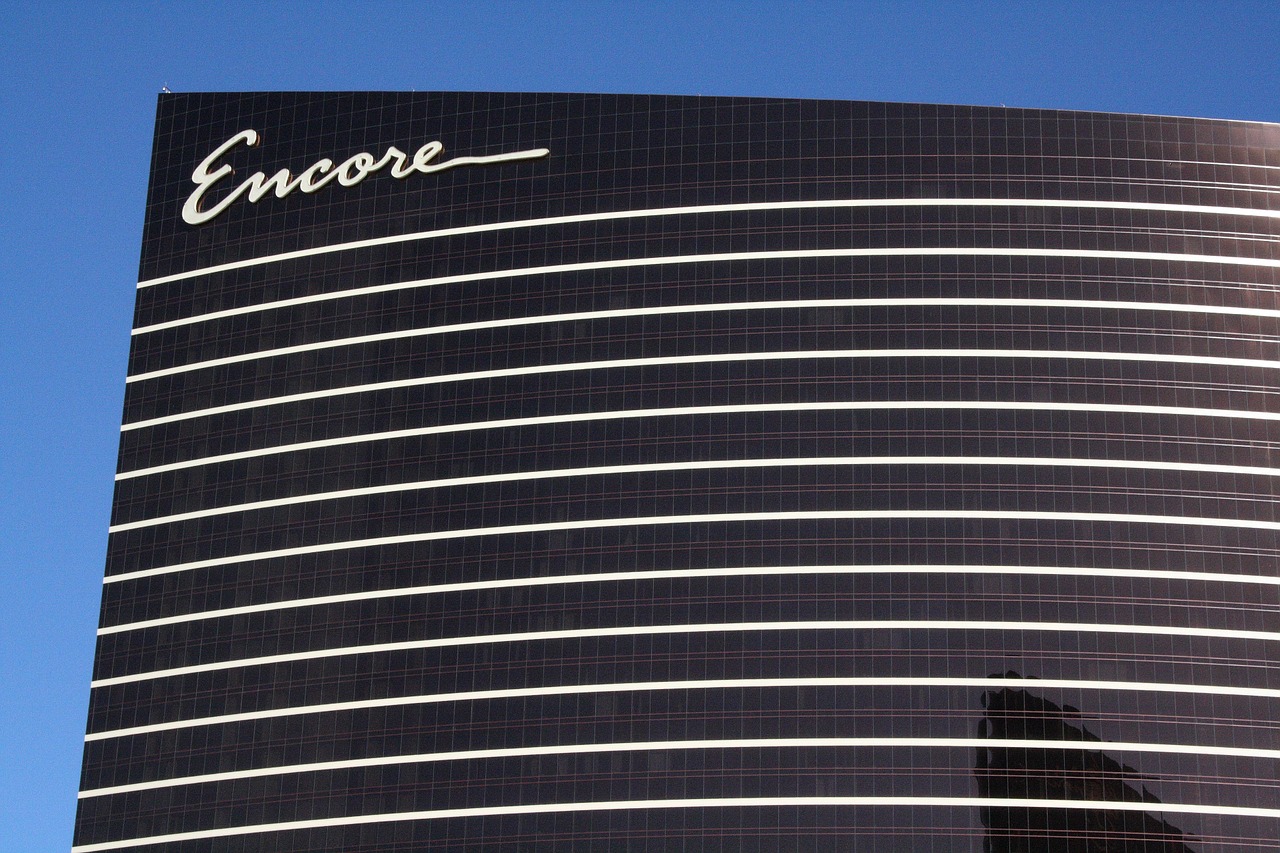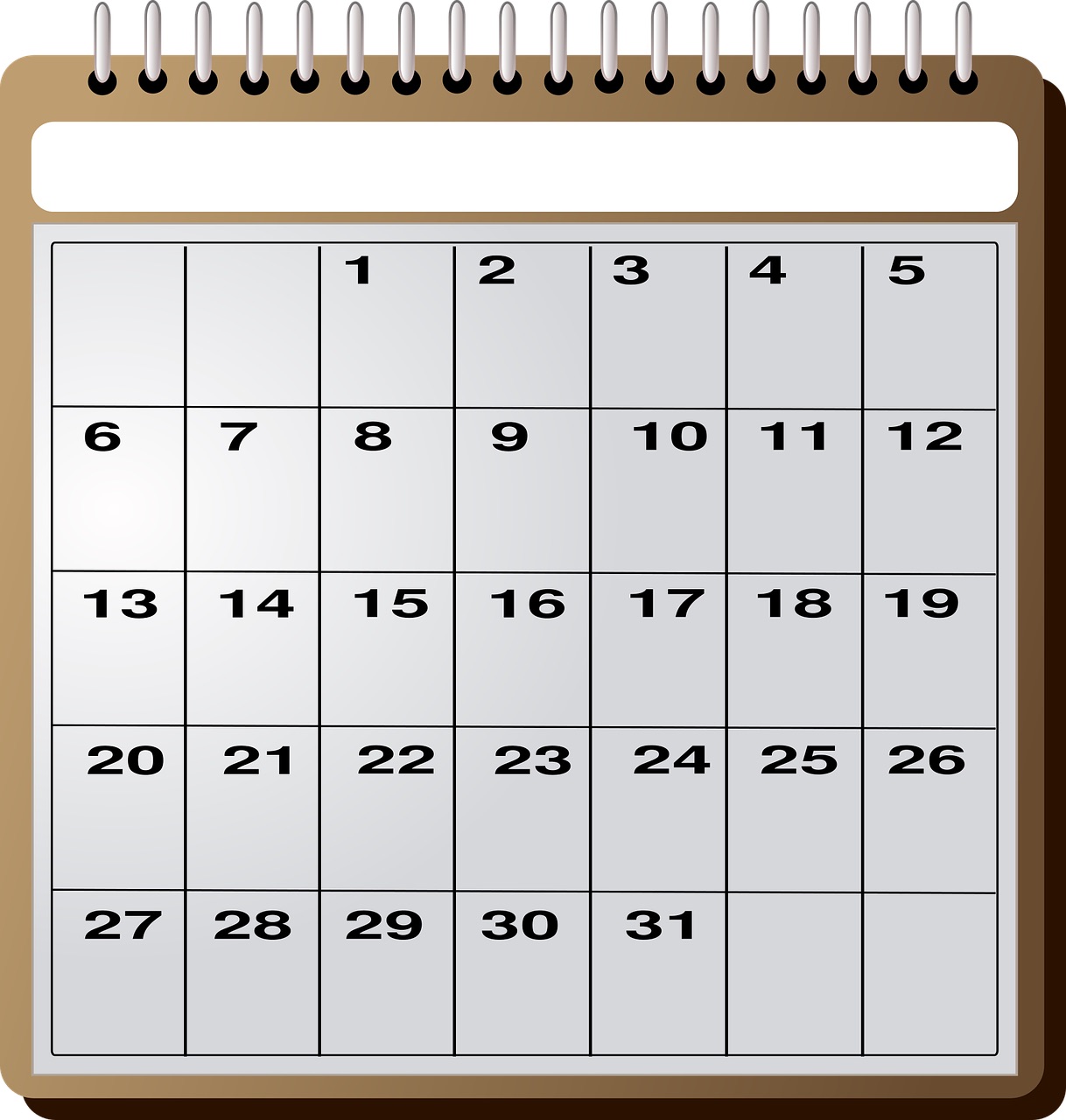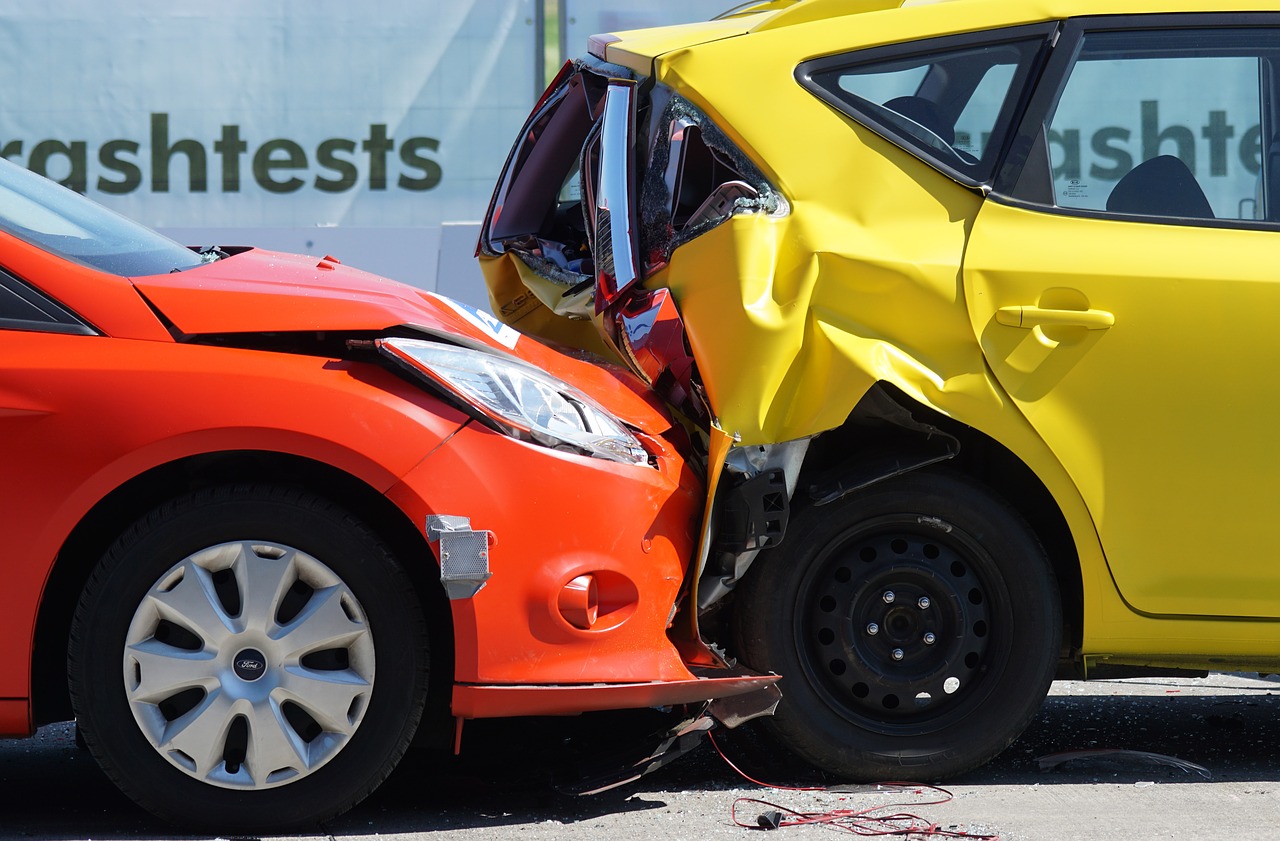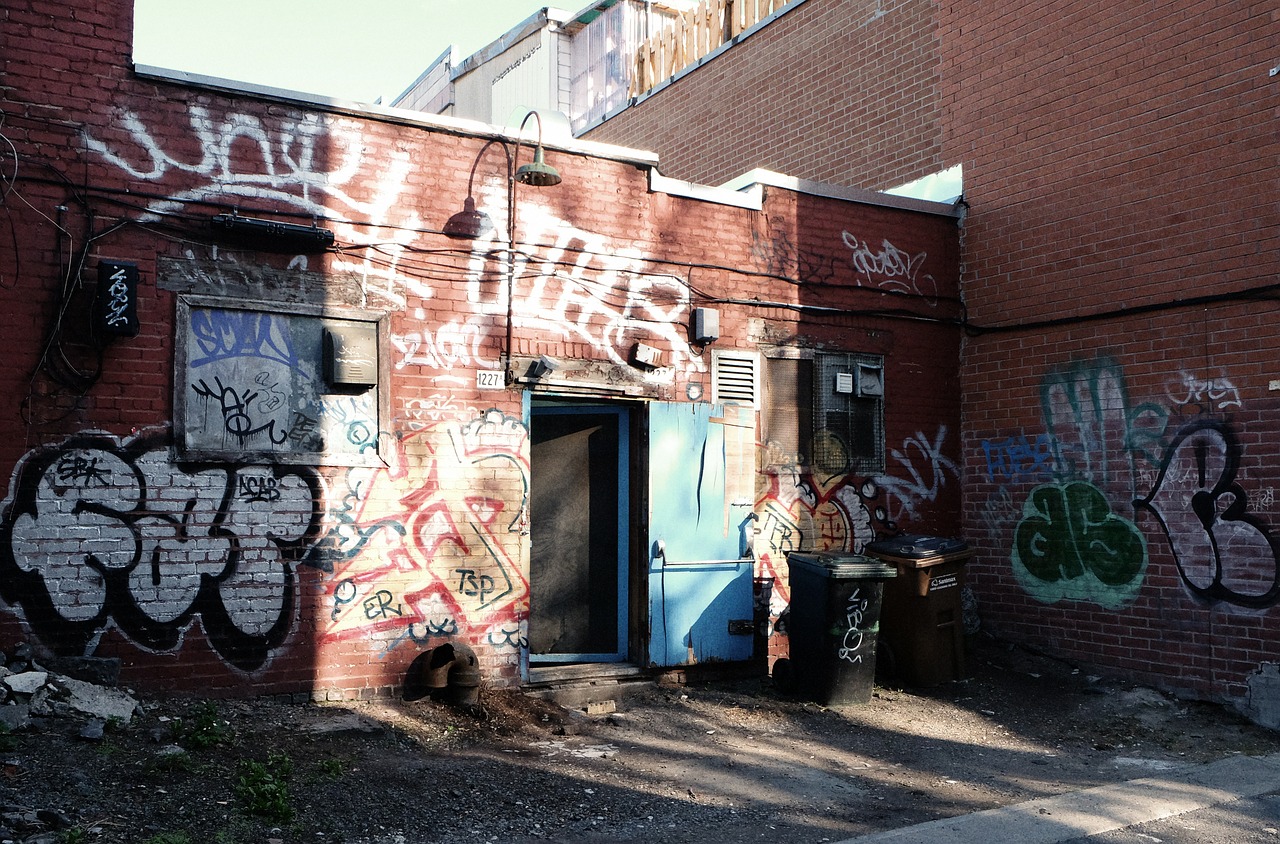
Over the past few years, I have become more serious about learning Spanish and Hebrew. And after many years of stagnation, both have significantly improved. But what does this have to do with learning radiology as a resident? At first glance, it does not seem much. But as I took a deeper dive into the subject, it had everything to do with learning radiology. Radiology is a new language, different from almost every other aspect of medicine. You will learn a culture and terms you will hear almost nowhere else in medicine. To illustrate this point, when I went to my first noon conference as a medical student, the sound of residents describing and interpreting cases almost sounded like gobbledegook. Does that seem familiar to those who have attempted to learn a new language? It probably does!
So what are the features of successful linguists who can speak fluent second and third languages, which also appear when we learn radiology successfully? It includes everything from attitude to the amount of time you must put in. Let’s go through some of the most considerable similarities that I have found.
Steep Learning Curve
When you learn a new language, it is essential to remember those words that repeat time after time, like want, need, person, etc. So, in the beginning, you can say some simple sentences and string together simple ideas. During the first year of radiology residency, it’s the same. You learn all the basics quickly, including dictation and physics. But stringing together a more complex answer to a case is complicated. For that, it takes a very long time until you achieve mastery.
Don’t Be So Hard On Yourself
Language learning involves a lot of repetition. And, you may not be able to recall a word after seeing it ten, twenty times, or more. If you see learning after much repetition as a failure, you will no longer want to pursue language learning. It is part of the human learning process to forget and remember. Recognizing this natural part of language learning makes you realize you shouldn’t be so hard on yourself.
Well, the same ideas work for radiology. You may not remember the findings of a particular disease entity or the energies of a radiopharmaceutical. It may be many times that you need to hear it before it sticks in your brain. That process is how human beings learn. We have to forgive our imperfections!
Continued Language Immersion Works
After a while in language learning, you will feel like you have hit a wall and nothing else sticks. But nothing can be farther from the truth. The more exposure you have, the better you get at speaking a language. Similarly, the more you spend time with other radiologists, the better you will become. Many things that we learn are almost subconscious. And, of course, the same applies to radiology learning. We need to constantly read, sit at the workstation, and perform procedures to get more and more exposure. Yes, you are learning, even when you don’t think you are actively doing so!
The More You Put Into A Language, The More You Get Out
The more time you put into a language every day, the quicker it will take you to achieve a significant level of fluency. If you take a thousand hours to learn a language, you will be much better off than studying it for 500 hours. The same applies to radiology residency. Whether you read 1 hour, 2 hours, or 3 hours per night affects how long it will take to become a superstar radiologist later in life. All the work you put in eventually pays off in spades.
Some Words/Accents Will Be Hard To Imitate
Sounding like a native speaker after learning a new language can almost seem impossible. The subtleties of language learning can take forever to achieve. Many language learners never even shed their old accents, but they sound slightly more and more native year after year. The same applies to the radiologist. We constantly strive to become like our favorite mentors and learn the radiology vocabulary. But, to do it right, we must work for years until we get to Shangri-La. Honing our dictation skills and coming up with the appropriate differentials and management on every case is what we all strive for, but never to perfection. We get asymptotically closer and closer to perfect fluency.
Read And Listen A Lot Before Speaking And Writing!
Before you hope to converse in a new language or become a proficient writer, you need to have an active vocabulary at your fingertips and know the sounds of the language. One cannot reasonably start to speak before one gets to this point. The same applies to radiology. Before taking cases and giving your opinions, you must read a ton and listen to your mentors dictating. It takes hours and hours before you have the power to do the same well. It’s a long process before you can dictate cases independently!
Radiology Is A New Language
There are so many similarities between language learning and learning radiology because they are pretty much the same. We have to walk the walk to talk the talk. So, if you have ever had to learn a new language and have done it successfully, treat learning radiology almost identically. This experience is directly transferable to the process of learning the specialty. And if you have only had experience learning English, that’s okay too. Take some of these similarities between radiology and languages and heed some of the recommendations above. You will find the process of learning radiology a whole lot easier and more fun!















